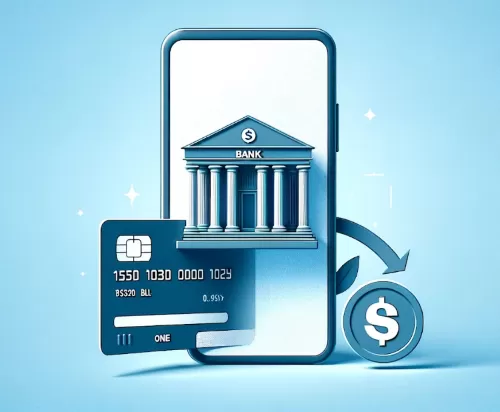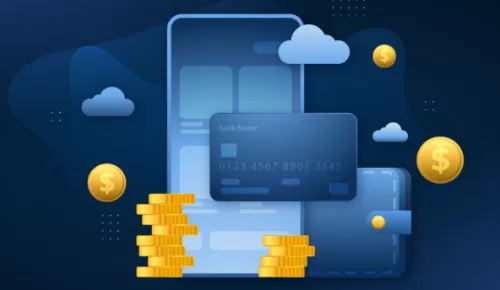Understanding the 2024 U.S. Loan Interest Rate Policy
As we move further into 2024, the U.S. loan interest rate policy remains a topic of significant interest for consumers, businesses, and investors alike.

The Federal Reserve, which plays a key role in determining these rates, has made several crucial decisions this year that could have far-reaching effects on the economy. This article will break down the current loan interest rate policy, the factors influencing it, and what it means for different sectors of the economy.
Current Loan Interest Rate Landscape
In 2024, the Federal Reserve has continued its approach of cautious rate adjustments to balance economic growth with inflation control. As of now, the federal funds rate, which is the benchmark for most other interest rates in the economy, has been set within a range of 4.75% to 5.00%. This range reflects the Fed's ongoing efforts to manage inflation, which has been a persistent issue since the global economic disruptions caused by the COVID-19 pandemic.
Factors Influencing the Rate Policy
Several key factors are influencing the Federal Reserve's loan interest rate policy in 2024. Firstly, inflation remains a primary concern. Despite some signs of moderation, inflation rates are still above the Fed's target of 2%. This has led to a more conservative approach, with the Federal Reserve indicating that rate hikes could continue if inflation does not stabilize.
Another critical factor is the labor market. With unemployment rates at historically low levels, there is concern that tight labor markets could lead to wage-driven inflation. As a result, the Federal Reserve is closely monitoring employment data to gauge the impact of wage growth on overall inflation.
Finally, global economic conditions also play a role. With uncertainties in international markets, including geopolitical tensions and varying economic recoveries post-pandemic, the Federal Reserve is taking a cautious stance to ensure that external shocks do not derail domestic economic stability.
Implications for Consumers and Businesses
For consumers, the 2024 loan interest rate policy means that borrowing costs for mortgages, auto loans, and personal loans may remain relatively high. Higher interest rates can lead to increased monthly payments, which might impact consumer spending and borrowing decisions. However, for savers, higher rates can mean better returns on savings accounts and certificates of deposit.
Businesses, particularly those reliant on borrowing for expansion or operational needs, could also feel the pinch. Higher borrowing costs could discourage some companies from taking out new loans, potentially slowing down business investments. However, companies with strong balance sheets and less reliance on debt may find this period less challenging.
Future Outlook and Predictions
Looking ahead, the Federal Reserve's decisions will likely hinge on upcoming economic data, particularly inflation and employment figures. If inflation shows signs of steady decline, there could be room for rate cuts later in the year. Conversely, if inflation persists or rises, the Fed may need to implement further rate hikes to keep the economy in check.
In conclusion, the 2024 U.S. loan interest rate policy reflects a complex balancing act between fostering economic growth and controlling inflation. While the current environment presents challenges for both consumers and businesses, it also offers opportunities for those who are well-positioned to navigate the changing landscape. As the year progresses, staying informed about these policy changes and their implications will be crucial for making sound financial decisions.

The Rise of Cosmetic Surgery Loans: A Controversial Trend

Is Ecommerce Poised To Eclipse Traditional Retail In The Future

Transform Your Outdoor Space: Why You Need a Professional Deck and Fence Company

Understanding Bank Accounts: Choosing the Right Account for Your Needs

Understanding Reverse Mortgages: A Guide for Seniors

How to Secure Free Grants and Funding to Start Your Small Business

Top Investment Tips and Strategies for Financial Success







